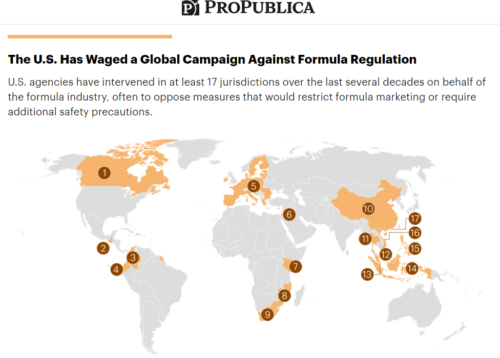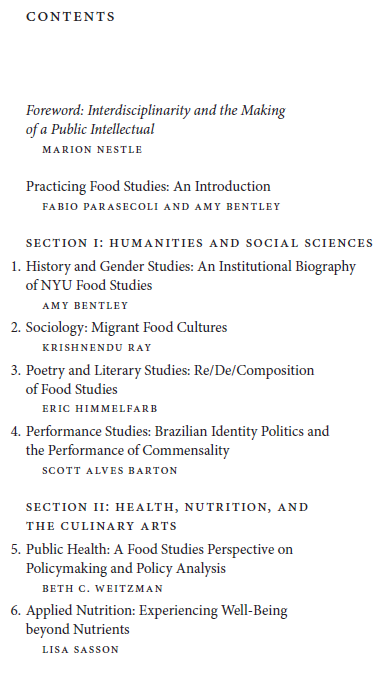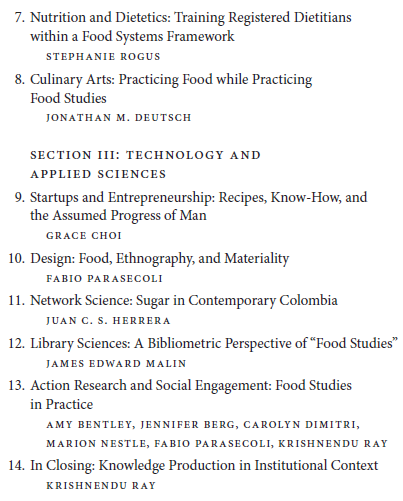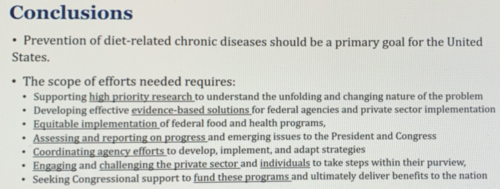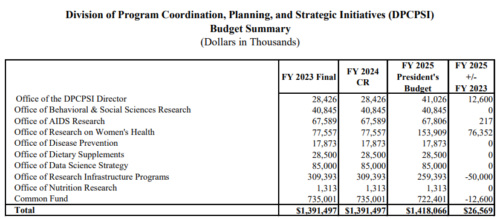The FTC’s wishy-washy report on infant formula disruptions
The Federal Trade Commission (FTC) has issued a report on Market Factors Relevant to Infant Formula Supply Disruptions 2022.
As the report explains:
Widespread supply disruptions for infant formula began shortly after Abbott Nutrition voluntarily recalled several powdered infant formulas manufactured at its facility in Sturgis, Michigan in response to reports of bacterial contamination on February 17, 2022. The FDA advised consumers that same day not to use the recalled formula. In turn, the USDA provided guidance to WIC State agencies and offered program flexibilities to support WIC participants’ access to infant formula.
The infant formula market in the United States is, to say the least, distorted.
- It is highly concentrated; the top 2 manufacturers control 66% of the market; the top 4 control 97%: Mead Johnson/Reckitt (39%), Abbott (27%), Nestle/Gerber (18%), Perrigo/store brands (13%).
- More than half (56%) of infant formula is sold through the WIC program through state-determined single-supplier contracts awarded to companies who offer the largest rebates (sometimes selling formula to the government below cost).
- Why would they do this? Suppliers who hold state contracts dominate non-WIC sales in that state (the WIC halo or spillover effect).
Obviously, this system is highly vulnerable to disruptions and price inflation.
So what does the FTC conclude?
This Report was written from the perspective of the FTC, which is an agency tasked with promoting fair, competitive markets that deliver high quality, affordable, reliable supplies of products. Pursuant to this mandate, the FTC analyzes high levels of concentration in the infant formula market and explores whether certain policy changes could promote greater competition and resiliency, thereby rendering the market less susceptible to serious supply disruptions. We recognize that concerns about competition and resiliency must be balanced against other policy priorities, and that any attendant tradeoffs will require thoughtful and careful analysis.
Members of Congress asked for the report. Did they get what they wanted?
The USDA’s recent annual report on WIC, The Special Supplemental Nutrition Program for Women, Infants, and Children (WIC): Background, Trends, and Economic Issues, 2024 Edition, points out that this system doubles the cost of formula for non-WIC families. Highly consolidated markets pretty much always lead to higher prices.
WIC is an important program for low-income women and children, demonstrably effective in reducing food insecurity. Nobody wants to criticize it out of fear that Republicans will cut its budget.
But there has to be a better way to do this.

